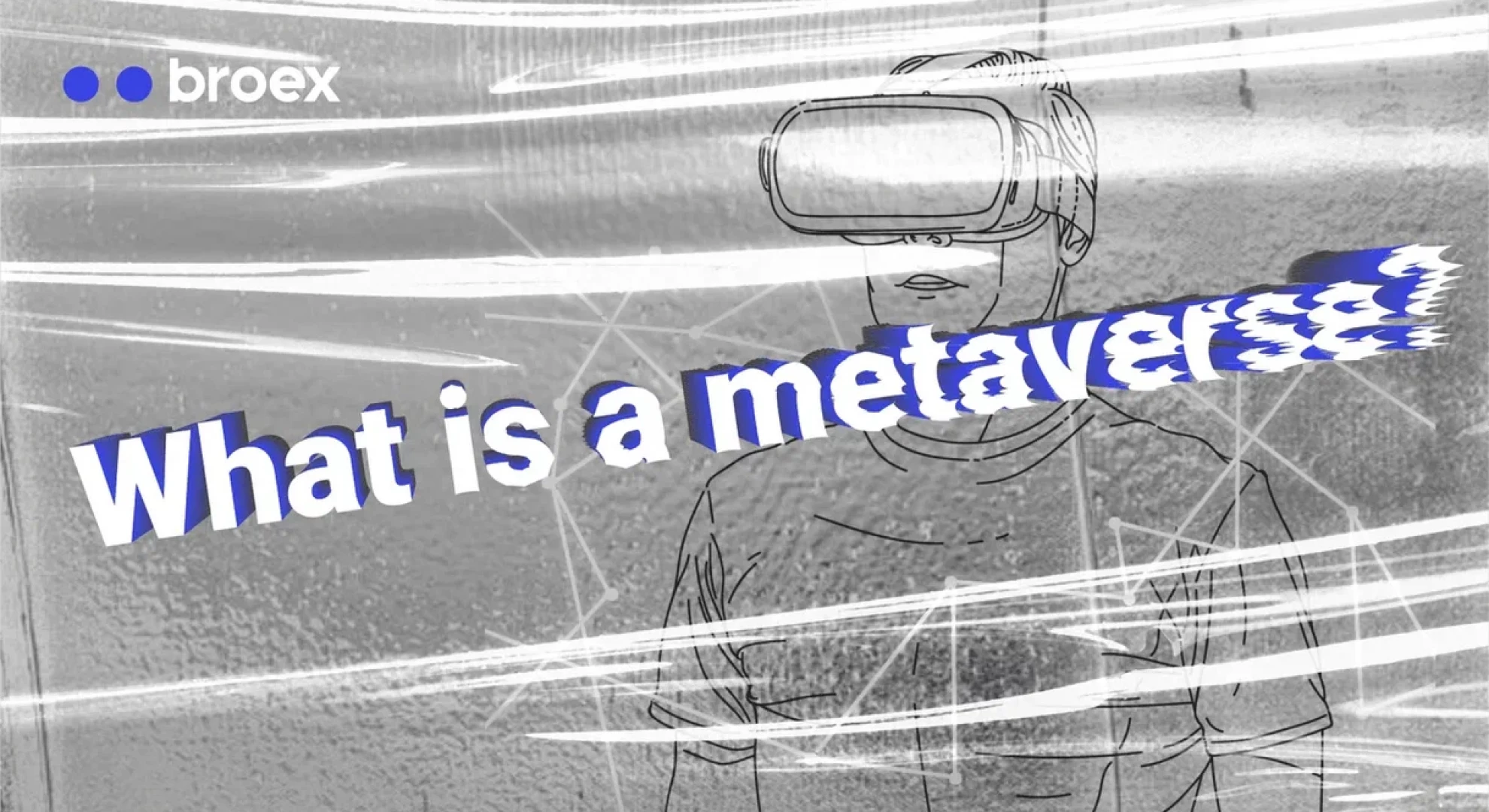The metaverse is a new interface on the Internet thanks to a new technology that is going to transform the level of infrastructure in the digital world. It is also likely to have an indirect impact on the physical world and those services that are interconnected with it and the Internet.
This kind of system combines many components, including DAOs, decentralized identities, VR, and so forth. DAO is a decentralized autonomous organization. It works autonomously on a blockchain and is controlled only by software code. Decentralized identities in this case is a technology, which entails a full-scale restructuring of credentials, both physical and digital. They will be transformed into a single democratized and decentralized architecture.
Thus, a metaverse is an open digital universe, including a mass of worlds. Each of them has its own tools and capabilities, but all of them are united into a single unit.
The concept of metaverses
This concept has been thought about many years before the emergence of technology that could bring the idea closer to realization. Some developments functioning today are only a distant semblance of a metaverse, on a small, local scale. In such projects, people can log in and be virtually transported into a space and interact with other users within this world.
A metaverse, on the other hand, implies any kind of interaction between people entirely in a virtual world, using personal avatars without the need for physical presence or contact.
There is also some correlation between the idea of a metaverse, existing systems, and cryptocurrencies. The solution to the realization of this vision lies in the fact that the virtual world runs primarily on blockchain. Digital tokens provide many actions in the metaverse, like editing an avatar or space, managing content, and so on. In the following article, let's take a closer look at what cryptocurrencies are connected to the metaverse, and what are the specifics of this connection.
The purpose of the metaverse
The metaverse is positioned as a tool, which finds its application in the game industry as well as in the creation of virtual spaces.
However, this technology can be applied to any aspect with which users come into contact on the Internet. For example, in online conferencing or shopping, where the metaverse would be able to provide a three-dimensional and immersive experience.
Thus, it is possible to apply this technology not only for entertainment or work, but also for any activity, including already existing cryptocurrencies related to the metaverse. Eventually, a full three-dimensional form of the current Internet with its own interface, interactivity and tools will be recreated.

This indicates that metaverses are easily scalable and capable of performing millions of transactions per day. However, the number of transactions as well as the number of connected users should not affect performance and speed in any way. DACs (decentralized autonomous corporations) can be involved for smoother scaling.
The features and benefits of metaverses
The metaverse is characterized by several features and aspects that are worth mentioning separately. Autonomous and previously planned events will imitate those that take place in reality. At the same time, the core will be a shared real-time experience between participants in the same part of the metaverse.
Another thing to mention is that the metaverse is not just VR. It can simultaneously embrace both the digital and physical world with the help of augmented reality technology. This means that some parts of the metaverse may be tied to physical locations and become available as soon as the user is directly there.
Other features include the following points:
- No limit on the number of users. There can be countless users in the metaverse simultaneously. In this case no technical problems will arise, and the quality of the infrastructure service is not affected.
- Interoperability. Thanks to the metaverse, many areas will be united into one single world with no categories of objects, processes, etc. For example, now music records are stored in one service, game accounts belong to separate platforms, and personal files are stored on other services. The metaverse will unite all worlds and experiences under one protocol.
- Decentralization. Access is provided for users equally, regardless of their location, devices, and connection. The Internet has no owner, and each user is able to publish and develop whatever they want. This is exactly what is going to happen with the metaverse.
- Decentralized identity. The metaverse is a continuum that never ends, and each user has free access to it. However, full interaction will require the use of cryptocurrencies tied to a single identity. Decentralized identity and the Decentralized Identity Foundation standard DIF can help with this.
- Decentralized storage. Decentralized infrastructure will enable the transparency of the metaverse and eliminate hang-ups. Decentralized storage platforms like IPFS or Filecoin can be used.
- NFT and cryptocurrencies. In the global metaverse, cryptocurrencies will gain perspectives that were previously out of reach. Currently, it is hard to imagine a digital economy without NFTs and cryptocurrencies, and this trend will only expand.
- DAOs and DACs. Decentralized autonomous organizations and corporations are considered one of the basic attributes in the metaverse. With DAOs, it will be possible to support decentralized global cooperation between users through smart contracts.
- Reputation. The DAC has a feature that simulates a reputation system, so that users can evaluate the contributions of other participants directly to the ecosystem.
Just like the Internet or blockchain itself, the metaverse cannot be paused or have a logical ending. It's capable of running indefinitely, and all the filling will be dynamic. Content can be changed without the direct intervention of a particular user, yet it will improve, and all existing interconnections will not disappear.
Cryptocurrencies and the metaverse
Since metaverses are already being developed at one scale or another, there are examples of how cryptocurrency can be used within them. It gets different uses and have different degrees of value, but somehow or other, it is involved. Such applications do not require participants to subscribe or otherwise invest.
However, in order to thrive with them, players may need to fund their game accounts with their own money. There are several ways to buy and sell meta tokens:
- On centralized cryptocurrency exchanges, including using fiat;
- On decentralized exchanges, without fiat support, but with anonymity;
- With cryptocurrency storage services.
Buying and storing tokens for metaverses
Large exchanges, like Binance, support many tokens of metaverses, and have ongoing trades. This facilitates both the purchase and subsequent sale of in-game tokens.
It is recommended to figure out how to buy the tokens you want for the metaverse you like even before you join it. Tokens can be stored directly on the exchange or directly on the balance of the selected project.
Also, depending on the blockchain used, the appropriate wallets can be applied. As a universal option, you can choose a multicurrency wallet that supports different blockchains.
Top 12 popular metaverses
Some projects and tokens used in them can be considered separately, so below we will consider the crypto associated with the metaverse successfully used today.
The Sandbox Multiverse
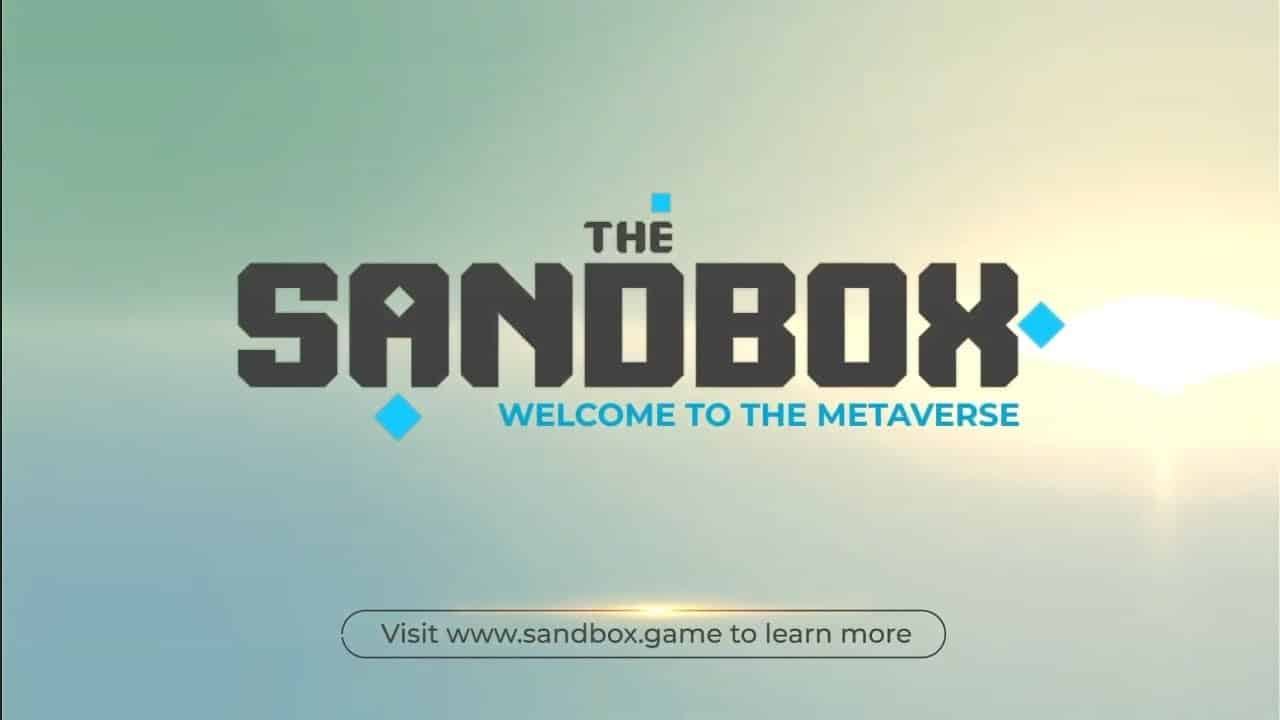
The Sandbox Game is a multiplayer online game that leverages blockchain technology, DeFi, and non-fungible tokens. The Sandbox is considered a gaming metaverse where participants are able to buy and sell virtual lands. NFT tokens can be sold in the form of various assets.
The SAND native token, which is powered by Ethereum based on the ERC-20 standard, is considered the primary currency and is used for all types of transactions. Tokens allow users to participate in the management of a game project by making proposals to change elements of the game and content.
Illuvium Multiverse

The online game Illuvium offers its players to explore the open world, as well as engage in battles among themselves. A separate role is played here by illuvials creatures, which can be gained as rewards through game mechanics.
To get ILV cryptocurrency not only trading NFTs, but also specialized DApps applications can be useful. These are decentralized services for in-game transactions and earnings. Token holders can participate in game management through DAOs, as well as staking.
Alien Worlds Trillium Multiverse
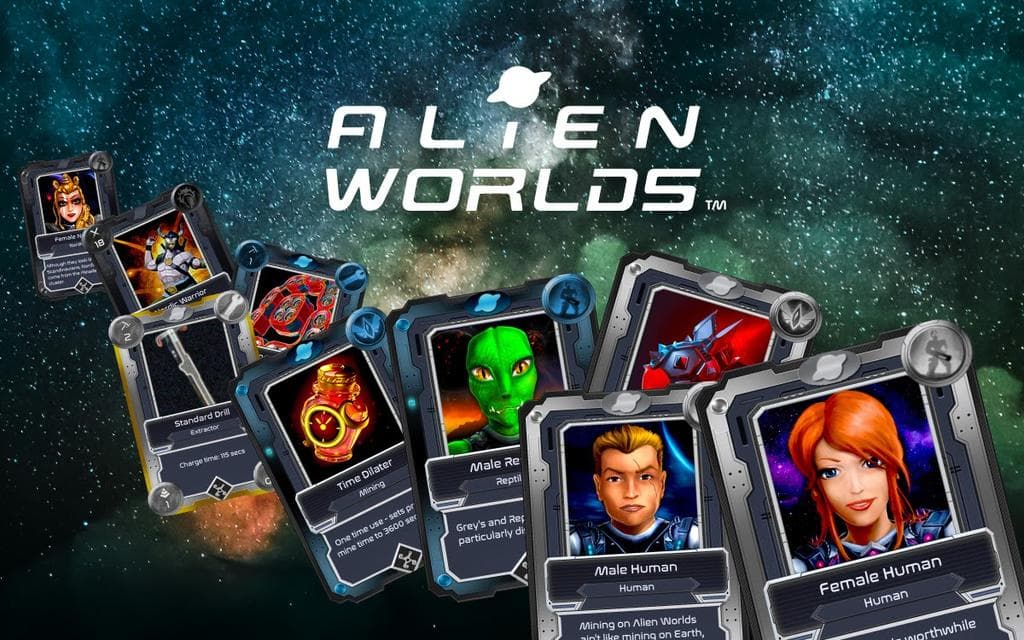
Alien Worlds is a free and fast-growing game with an audience of over 3 million people. It is a metaverse where players mine the in-game currency called TLM and carry out trades with NFTs.
The gameplay here is also represented by battles between players, quests, and planetary exploration. This blockchain game, like the TLM token, runs on multiple networks simultaneously: BSC, WAX, and Ethereum.
Axie Infinity Multiverse
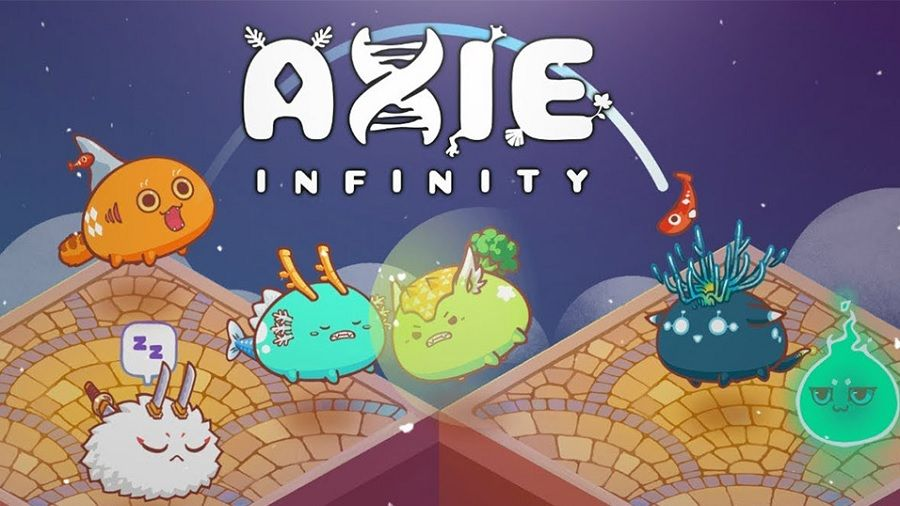
It's a hit and trendy game in this category. The gameplay is centered around fantastic creatures representing different categories. You can cross, breed them, improve them, and send them on various adventures. At the end, you will be able to compete against other players, and find out whose pets are better in battles.
The game has its own SLP token, which is used to trade pets and earn money. You can get it in several ways, but keep in mind that there is a token burning mechanism.
Theta Network

And here is an example of a non-gaming infrastructure that works on the principle of a metaverse. The Theta Network is a decentralized video streaming network that runs on blockchain. Users of this platform have the opportunity both to view video content and to receive tokens as rewards.
The project has been successfully implemented, and its popularity is growing in parallel with the community's interest in the idea of metaverses.
This platform has two tokens at once: TFUEL and THETA.
The first one is used to reward users of video services for interaction with videos published on this service.
The second asset is a governance token, and is used by the community to make decisions concerning the further development of the project. In addition, users are given the opportunity to engage in staking by blocking THETA to receive TFUEL.
Gaia Everworld Multiverse
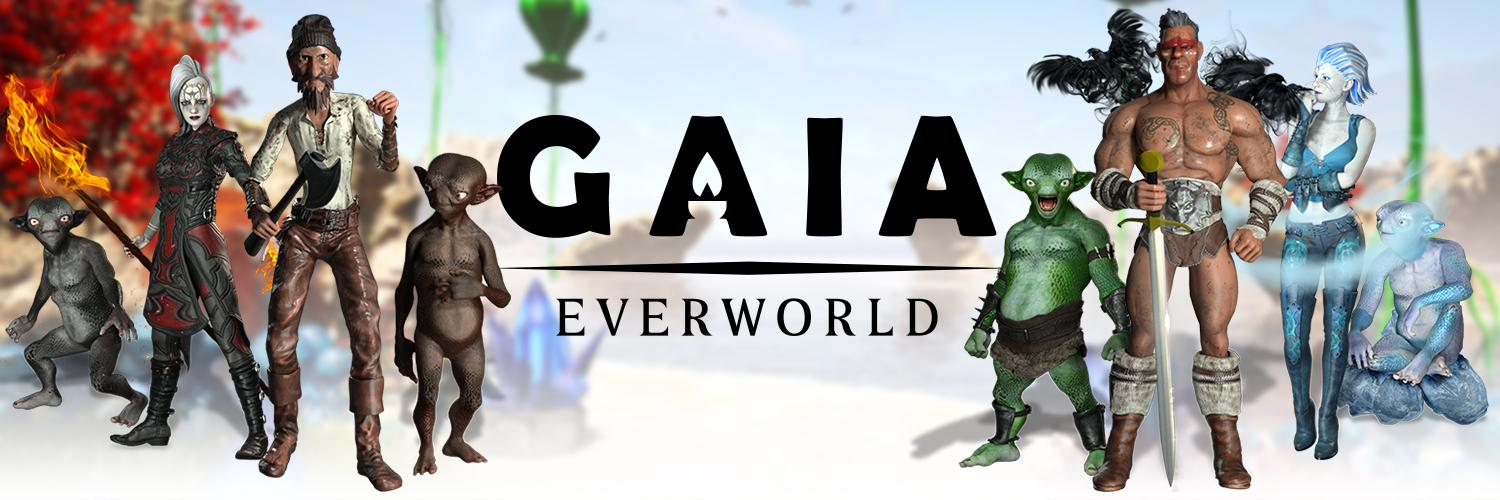
This is a fantasy game supported by major partners, which is gaining more and more popularity. The gameplay is simple and encourages players to develop not only their own kingdom, but also to fight battles with other users.
Players here are also able to earn NFT by trading characters. The project has its own GAIA token, which is used for in-game transactions.
NetVRk Multiverse
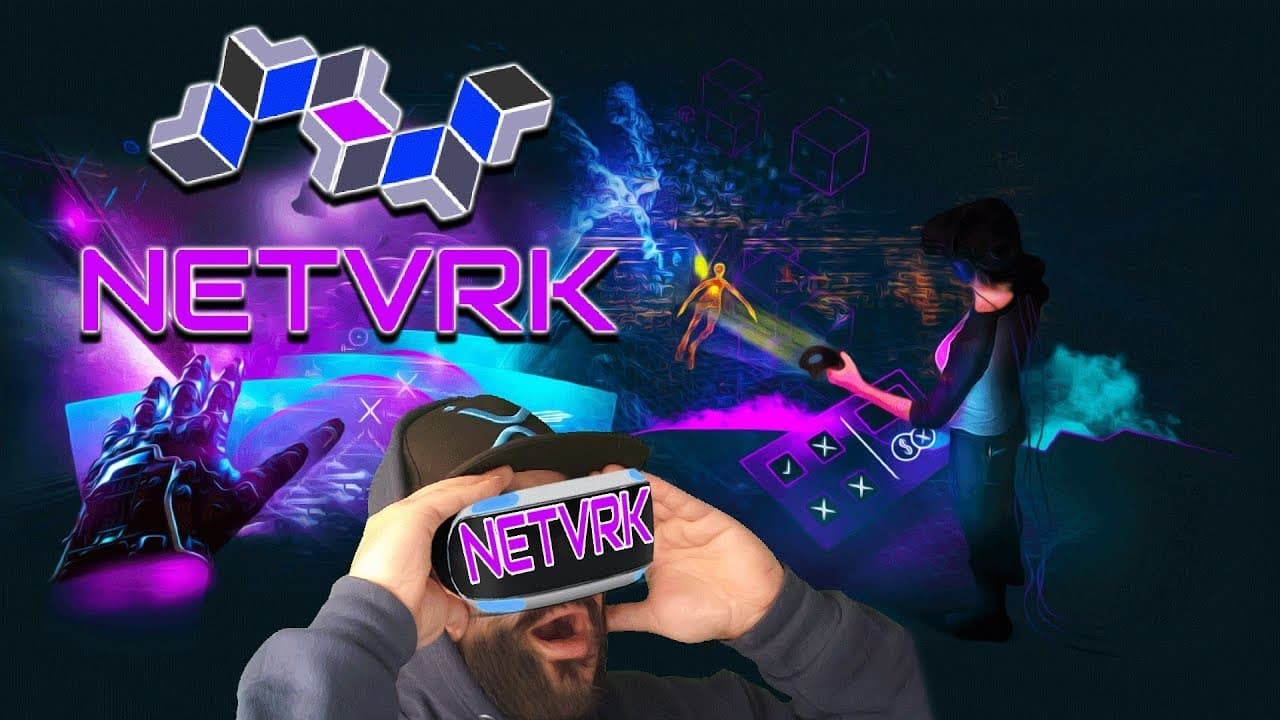
This platform is considered a small prototype of the global concept discussed in the article. Here users can create a virtual world of their own choosing. At the same time, it will be stuffed with the desired amount of content of their own design.
NTVRK opens up access to virtual assets and items players need. Users can also invest tokens in advertising and receive income automatically, thereby increasing their balance. There is an option to put tokens of the metaverse in staking and receive a fixed percentage for it.
Decentraland Multiverse
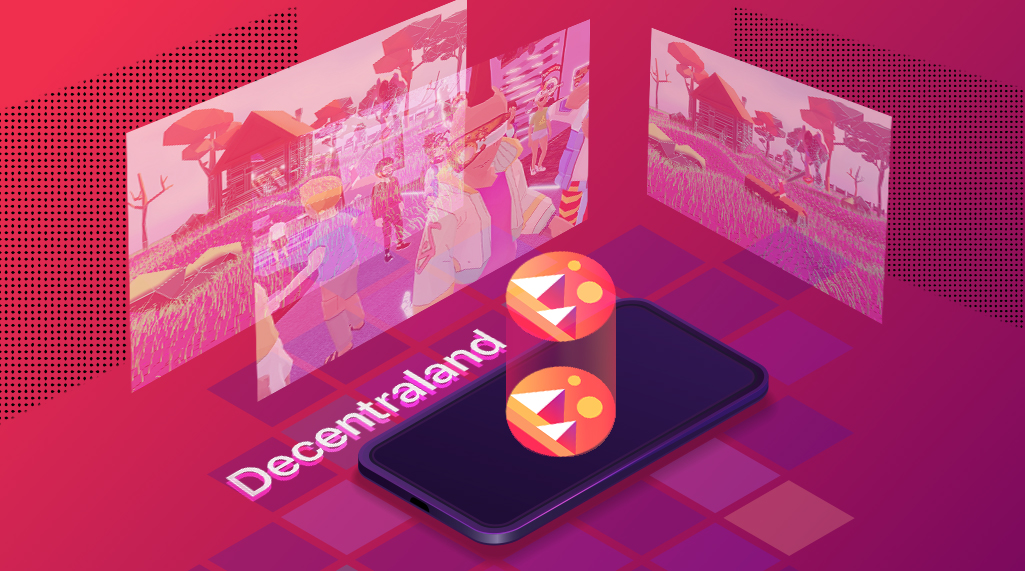
The Decentraland metaverse stands out from its competitors due to the vast functionality and content provided.
This platform isn't so much for gamers as it is for creative individuals. We can say that it is a Minecraft of a new format, as here users can create unique experiences. No boundaries beyond those in the minds and imagination of the participants.
Interaction takes place in a virtual world and with a 360° view.
This accessible digital world has its own coin, MANA, which is primarily used for bidding on land plots. Certain tasks and actions can also be performed to earn coins, and MANA is later exchanged for NFT tokens.
Gala Multiverse

This project is considered a common platform for metaverse games, so it can be described as a kind of Steam. The developers and creators of this platform already had a lot of experience in this area, which provided a solid start. Their own token with the ticker GALA is also provided.
The coin is characterized by an impressive capitalization and performance, but it still has a potential for further growth. Its digital service token in the Gala Game ecosystem powers the entire system. GALA is used to perform settlements between participants as well as transfers. There are no other rights or benefits of owning a token for participants.
Chromia Multiverse

The blockchain of this project is a decentralized database. All kinds of information can be stored here, but the focus is more on games with or without a metaverse aspect.
The CHR token is used as blockchain rewards and transaction fees. It is used in DApps as well. The Chromia platform has partnerships with the popular game My Neighbor Alice, which is beneficial for the value of its token.
Star Atlas Multiverse
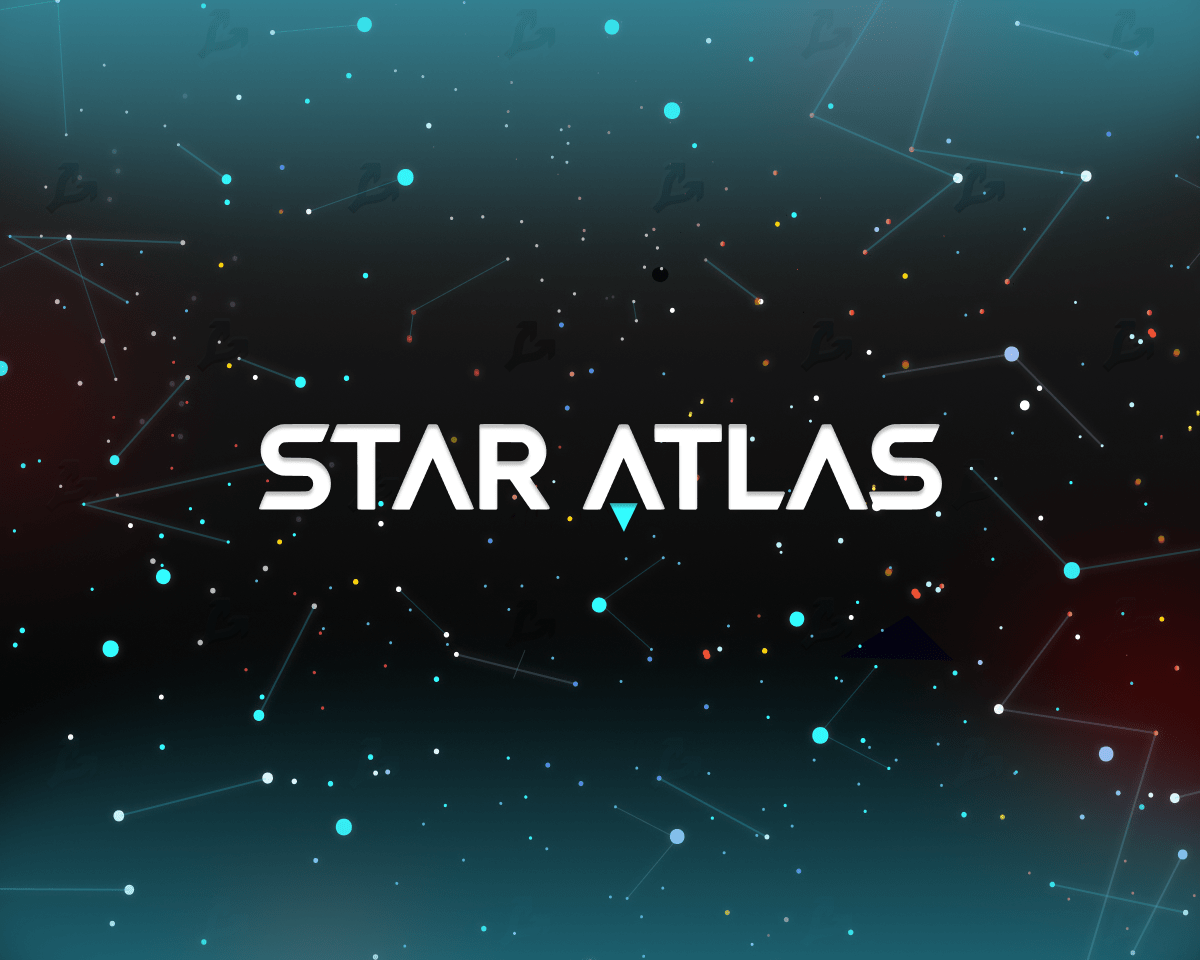
This is another space-themed game based on metaverse technology. It's a large-scale universe compared to other games, where players discover many activities. For example, exploring planets, trading and wars with other players, conquering territories, and more.
NFTs can be used to buy and sell items, and the ATLAS token is used to support these kinds of transactions. It acts as the main in-game asset, which is usable in in-game aspects - from the purchase of standard components to spaceships.
The coin is utilized in trades with computer merchants and in the game's internal marketplace, as well as some exchanges.
Multiverse Ultra
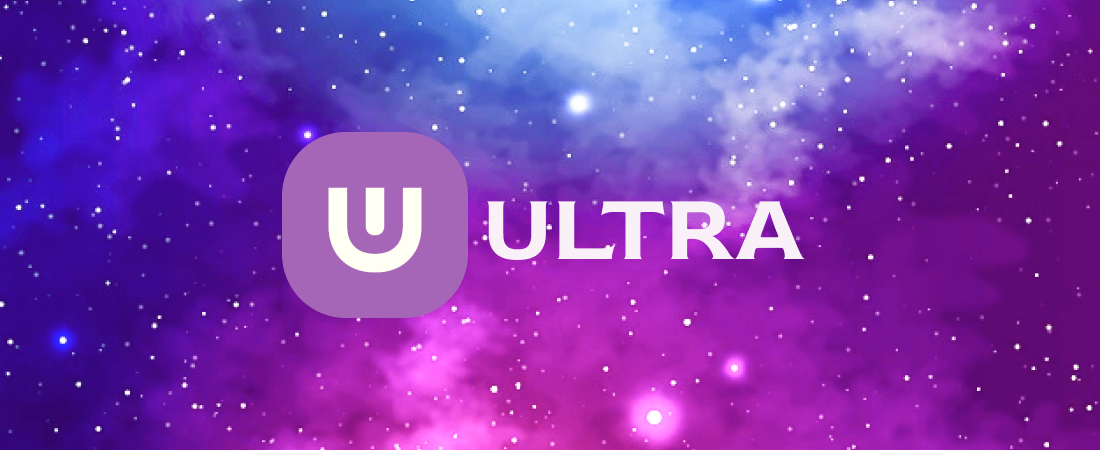
In this case, Ultra is a blockchain-based platform for game distribution. It has an extensive functionality, since here you can not only buy games, but also sell them, watch streams, participate in tournaments, and interact with other users. The platform has its own cryptocurrency UOS, which is used for several functions, including the following points:
- Making trading transactions;
- Payment for advertising;
- Use in the loyalty program;
- Participation in the beta testing of new projects.
Worth noting that Ultra uses a proprietary blockchain, which is called EOSIO. The ecosystem of the project provides blockchain-based video game distribution and additional features for players and developers.
Conclusion
There are already some rough sketches of a metaverse that are simply minuscule compared to the concept that will be realized in the future.
Corporations with enough resources, tools, and knowledge are looking to scale the world. They plan to merge several disparate spheres into a single block and give it the characteristics and features of the metaverse described in this article. Facebook, Apple and some other corporations can be singled out among such corporations that aspire to take the next big step towards the big idea - the creation of a global metaverse.
These processes are inextricably tied to the rapid growth and development of the cryptocurrency industry and blockchains. The implementation and existence of one is impossible without the other, so as blockchains and digital technologies evolve, new ways of implementing the concept will be found. The number of tokens used, their functionality, and features will also expand.
Taking the first steps in getting involved with the metaverse will help with the purchase of tokens. The Broex custodial cryptocurrency wallet, with which the user fully manages his funds, will help to acquire and store tokens.
